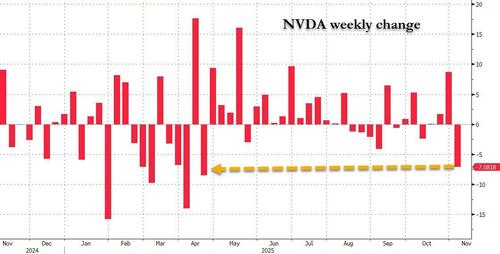Government policies in India have been more favourable to services. First, labour laws in services are less cumbersome. Second, highly skilled services, like in the information technology (IT) sector, depend less on physical infrastructure such as roads and ports for production and delivery, and India has been a laggard in such infrastructure. Third, business and environmental permits are easier to obtain in services. Fourth, land acquisition costs are lower as less is needed. For sectors such as IT, the policies of other countries, especially of the US, have also helped. Khanna and Morales (2021) show that the US’s H-1B programme induced Indians to opt for computer science occupations. It helped drive a shift in production from the US to India, aiding our IT industry’s growth.
There is, however, a catch in terms of the level and distribution of welfare gains when the services sector expands.
Among major Indian states, Bihar, with the lowest per-person income, has one of the highest shares of services in its state economy. Services form just over half the economy in Maharashtra and West Bengal, but the former’s per capita income is more than twice the latter’s. In Haryana and Uttar Pradesh (UP), services form around 44% of output, but the average person in Haryana is four times more prosperous than in UP. Gujarat and Karnataka are among the major states with the highest per capita income. While in Gujarat, services comprise less than one-third of its economy, Karnataka’s share of services is nearly twice as large.
Clearly, there is no one-to-one link between growth in services and average prosperity. It depends on the type of services (high- or low-skill) that are expanding.
Moreover, even when the growth of high-skill services delivers higher average incomes, these gains are naturally skewed towards workers directly employed in those sectors. Therefore, these states tend to experience widening inequality. In Karnataka, around 5% of the workforce works directly in business services, including IT/ITeS, and generates around a third of the state’s gross value added.
In a recent NBER paper titled ‘Growing like India: Unequal effects of service-led growth’ published this year, Fan, Peters and Zilibotti show that productivity growth in services was an important driver of rising living standards between 1987 and 2011 in the country. However, the welfare gains were heavily skewed in favour of the high-income urban population.
Since productivity is higher in skilled services, it has lower employment intensity. Therefore, services must grow much faster in manufacturing to create the same number of jobs. How can skilled services expand at a much faster rate? First, if demand for them rises exponentially. With a rising trend of remote work and outsourcing, international trade in services beyond software has been on the ascent, whether it is in healthcare, design services or consultancy.
Given the recent fallout of the world’s over-dependence on China for manufactured exports, it is more likely that global economies will diversify their service imports than rely on a single country like India. Global demand for services, therefore, would be divided among several supplier countries.
Second, there has to be a sufficiently skilled supply of trained manpower. This has been India’s Achilles’ heel for a long time, even for the IT industry. Numerous surveys have shown that only a minority of degree holders are directly employable, given the poor quality of education and skills. UP and Bihar account for nearly 30% of India’s population and are also the weakest states in terms of education quality. This is much less problematic in manufacturing, where on-the-job training is more critical. However, India is in a Catch-22 situation here too.
Education levels have risen rapidly among India’s younger population, even in laggard states. In some states such as Tamil Nadu, nearly half the higher-education age cohort is pursuing higher education.
Most mass manufacturing jobs do not require higher levels of education. Once young people study for three or four more years after high school and get formal degrees, they do not aspire to work on factory floors, especially in traditional industries like textiles and leather. They would rather wait for aspirational jobs that suit them, resulting in higher unemployment rates among the educated youth, a long-documented phenomenon in the country.
For India, the question is twofold: First, how do we raise the quality of education for most Indian children and youths, since merely pumping in more money may not deliver the desired outcomes? Second, for which states does an emphasis on manufacturing, if not via subsidies then by improving the ease of doing business, make sense?
The path to India’s progress is not about manufacturing or services, but both.















